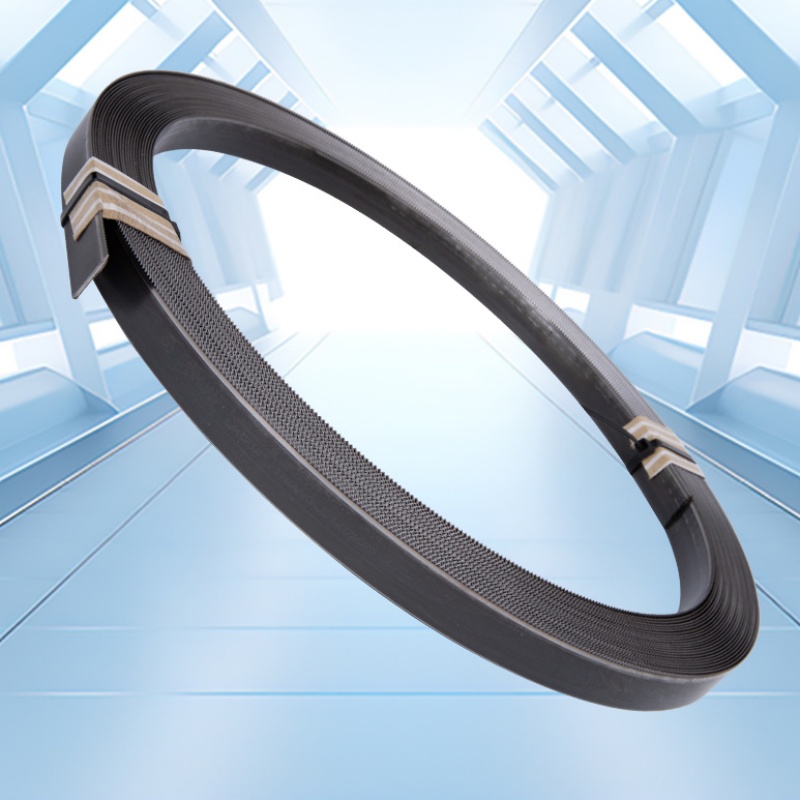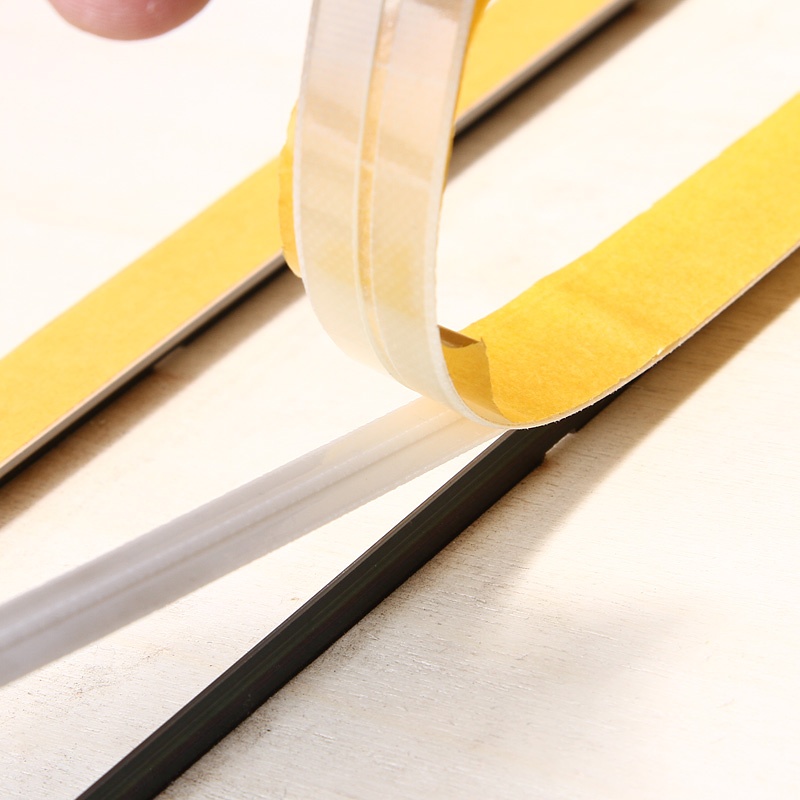
Metal forming steel making approaches assume an important capacity in fabricating first-rate modules within a diverse selection in markets. These alloys express remarkable toughness, permitting them to absorb major impacts involved in industrial operations. From automotive assemblies to healthcare systems, rule die steel secures its involvement in a myriad of domains.
- Automotive units: Rule die steel is indispensable for crafting accurate and clean units such as gears, actuators and mounts.
- Food Processing appliances: The outstanding fineness and endurance of rule die steel make it suitable for manufacturing fine precision tools.
- Press Tools: Rule die steel forms the foundation of robust tooling and molds used in various manufacturing processes, ensuring dependable product output levels.
Rigorousness Cutting Rules for Sharp Sheet Metal Fabrication
Achieving precision in sheet metal fabrication depends on rigorous attention to particulars, particularly when it comes to dividing. Deploying the right cutting rules is vital to securing accurate and trustworthy results. First and foremost, selecting the appropriate cutting method for your material thickness and desired edge quality is paramount. Options include abrasive cutting, each with its own benefits. In addition, understanding material properties like tensile strength, ductility, and hardness can help prevent warping or damage during the cutting process. Always consider a material's datasheet for explicit guidelines on safe cutting practices.
- Additionally, maintaining sharp cutting tools is fundamental for flawless cuts and preventing stress on the sheet metal.
- Heating the material can reduce thermal stress and improve cut quality in thicker materials.
- At last, post-processing steps like deburring and edge finishing are important for realizing a professional and functional product.
Comprehending Punch and Die Construction
Punch and die construction is a pivotal aspect of the metal stamping process. These tools create metal sheets into various elements by applying exact pressure. The design and construction of punches and dies directly influence the success of the stamped wares. A well-constructed punch typically features a hardened steel tip to withstand repeated hits, while the die works with this force with a precisely machined cavity. The interaction between these two elements promotes the dependable transfer of shape and range to the metal sheet. The intricacy of punch and die construction can shift based on the targeted requirements of the stamping application. Factors such as the material thickness, shape complexity, and production volume every play a role in determining the plan of the tools. Understanding these fundamental principles of punch and die construction is significant for anyone involved in the metal stamping industry. From experts to operators, a solid grasp of this subject can result to increased efficiency, product quality, and overall success.Improving Folding Precision with Creasing Matrices
When it comes to achieving precise bending in the realm of fabrication and material processing, creasing matrices emerge as a vital element. These specialized tools, often crafted from rigid materials like bronze, are strategically designed to impart distinct creases into sheets or substrates. By exerting controlled pressure at specific points along the material's surface, creasing matrices effectively outline fold lines that guide subsequent bending operations. This pre-creasing process considerably enhances folding accuracy, resulting in more steady and well-formed final products.
- The precise nature of creasing matrices allows for the production of fine folds and designs.
- They can be customized to accommodate a wide range of material thicknesses and properties.
- Creasing matrices play a vital role in industries such as paper manufacturing, cardboard packaging, and printed circuit board fabrication.
Accelerated Rule Die Steel for Automotive Manufacturing
The automobile trade is continuously seeking materials that can withstand the severe conditions of manufacturing and functionality. Notably, high-speed rule die steel has emerged as a key component due to its exceptional specifications. This fabric exhibits noteworthy hardness, wear resistance, and toughness, making it ideal for producing intricate motor parts.
- Additionally, its ability to maintain these properties at elevated temperatures enables efficient production processes.
- Roles of high-speed rule die steel in the automotive industry are wide-ranging.
- Cases include cutting tools, molds for plastic components, and dies used in sheet metal stamping.
Calibrating Rule Die Steel Hardness for Cutting Performance
Obtaining optimal cutting performance with rule die steel hinges on carefully choosing the appropriate hardness level. A proportion between hardness and ductility is paramount to ensure both sharpness of the cutting edge and resistance to abrasion. Tougher steels can withstand increased cutting forces and resist deformation, leading to longer tool life. However, excessively hard steels may become brittle and prone to splintering, compromising the integrity of the cutting process.
- Influences like material being cut, cutting speed, and feed rate all alter the ideal hardness range.
- Employing finishing techniques can effectively modify the hardness of rule die steel.
Understanding the relationship between hardness and cutting performance allows for fine-tuning of tool life, surface finish, and overall cutting efficiency.
Punch Design Considerations for Different Materials
When designing punches for material treatment, several major considerations must be taken into account. The type of material being punched significantly shapes the punch design. For instance, resilient materials like steel require punches with hardened edges to effectively penetrate and deform the material. Conversely, compressible materials like aluminum can be punched with punches featuring rounded geometries to minimize edge damage and ensure clean cuts. What's more, factors such as the material's dimension also play a role in punch design. Thicker materials often necessitate larger punch diameters and increased pressure for successful piercing. Understanding the material's attributes is essential to select an appropriate punch material and geometry that ensures optimal performance and minimizes tool wear. In essence, a well-designed punch should effectively shape the material while minimizing deformation, damage, and tooling wear.Tool Revitalization of Cutting Dies
Maintaining cutting dies in peak condition is vital for ensuring accurate and efficient die-cutting operations. Over time, the cutting edges of dies can become dull or damaged, leading to inconsistent cuts, material discard, and increased production costs. To maximize die lifespan and optimize cutting performance, it's imperative to follow a regular sharpening and maintenance schedule.
- Regularly inspect cutting edges for signs of wear, such as chipping or rounding.
- Use specialized sharpening tools designed for die-cutting applications.
- Clean dies comprehensively after each use to remove debris and prevent rust buildup.
- Store dies in a clean, dry environment when not in use to protect them from corrosion.
By adhering to these best practices, you can extend the life of your cutting dies and confirm consistent, high-quality die-cutting results.
How to Choose Rule Die Steel According to Application
When opting for rule die steel, consider its task. Various types of rule die steel succeed in different applications due to their unique qualities. For example, high-carbon steel is excellent for hardwearing rule dies used in demanding applications like engineering production. On the other hand, tool steels with composite elements are often opted for when durability is paramount.
- Consult a reputable rule die steel source to select the best grade for your specific needs.
- Considerations like tool geometry, production volume, and environmental conditions all modify the ideal rule die steel preference.
Bear in mind that proper maintenance and lubrication can significantly boost the lifespan of your rule die steel, regardless of its variety.
Spot-on Creasing Matrix for Packaging Applications
In the realm of high-tech packaging design, precision is paramount. A top-tier creasing matrix plays a vital function in ensuring clean, well-formed creases that enhance the professional look of packaged products. These matrices are meticulously fabricated from durable materials like steel or carbide, and they come in various designs to accommodate diverse packaging expectations.
The fineness of a creasing matrix directly impacts the effectiveness of the finished package. A well-maintained folding matrix will result in flawless creases that not only improve the product's visual presentation but also contribute to its durability.
- Attributes to consider when choosing a creasing matrix include the substrate of the packaging, the required intensity, and the magnitude of production.
- Consistent maintenance of the creasing matrix is vital to preserve its accuracy and lengthen its service.
- Directing in a high-quality creasing matrix can be a profitable decision for any packaging operation, as it contributes to the efficiency of the production process and enhances the overall quality of the finished product.
Case Studies: Successful Implementation of Rule Die Steel Apply
A compelling array of case studies illustrate the remarkable efficacy of rule die steel across diverse industrial applications. From the demanding realm of automotive manufacturing to the intricate world of electronics production, these real-world examples display the transformative power of this advanced material. Institutions have leveraged rule die steel to achieve marked improvements in product quality, manufacturing efficiency, and overall system resilience.
- One notable case study centers on a leading supplier of aerospace components, where the implementation of rule die steel caused a major reduction in part defects and an augmented production cycle time.
- In another instance, a renowned electronics manufacturer adeptly used rule die steel to fabricate intricate circuit boards with unprecedented precision and accuracy, causing a tangible improvement in product reliability.
These case studies provide irrefutable evidence of the pliability of rule die steel as a solution for confronting the intensive requirements of modern industries.
